Brass Solenoid Valves for Air, Water, Oil, Steam & Vacuum Applications
Overview of Brass Solenoid Valves
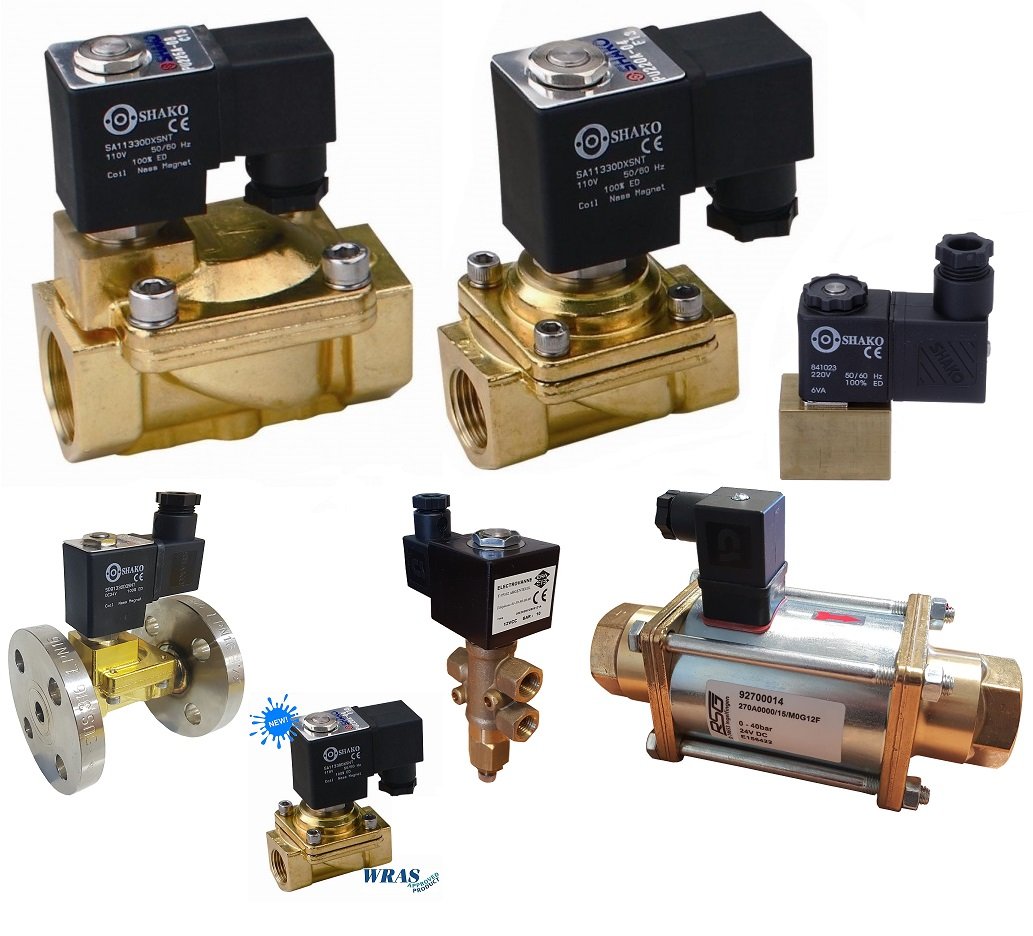
Brass solenoid valves are essential components in controlling the flow of various media, including air, water, light oils, fuels, steam, and vacuum.
Their robust construction and versatility make them suitable for a wide range of industrial, commercial, and residential applications.
Types of Brass Solenoid Valves
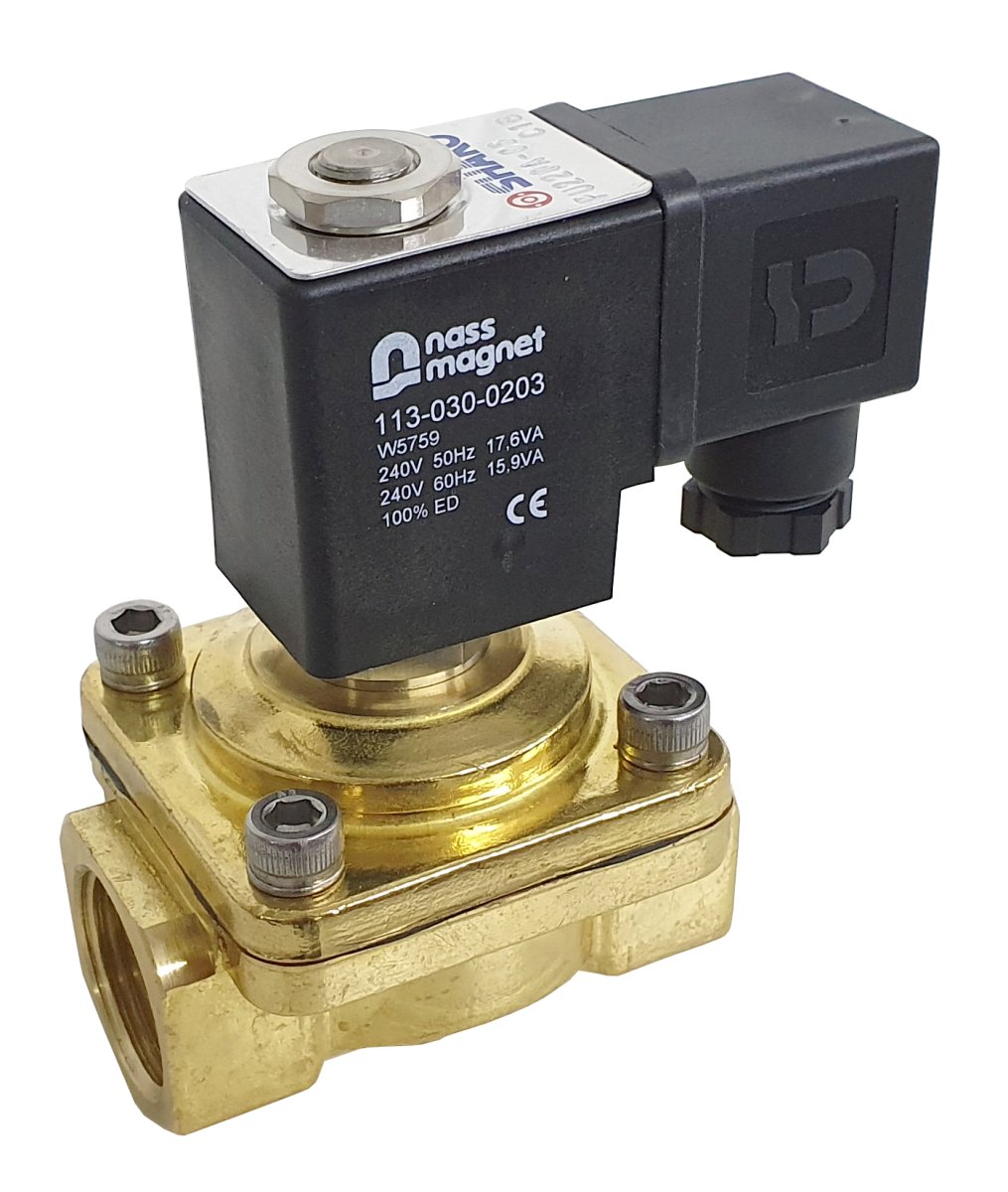
2/2 Way Normally Closed (Zero Rated)
Function: Valve remains closed when de-energised and opens upon energised.
Operation: Suitable for applications ranging from vacuum conditions up to the valve's maximum design pressure.
Applications: Ideal for systems requiring fail-safe operation, ensuring media flow only when necessary.
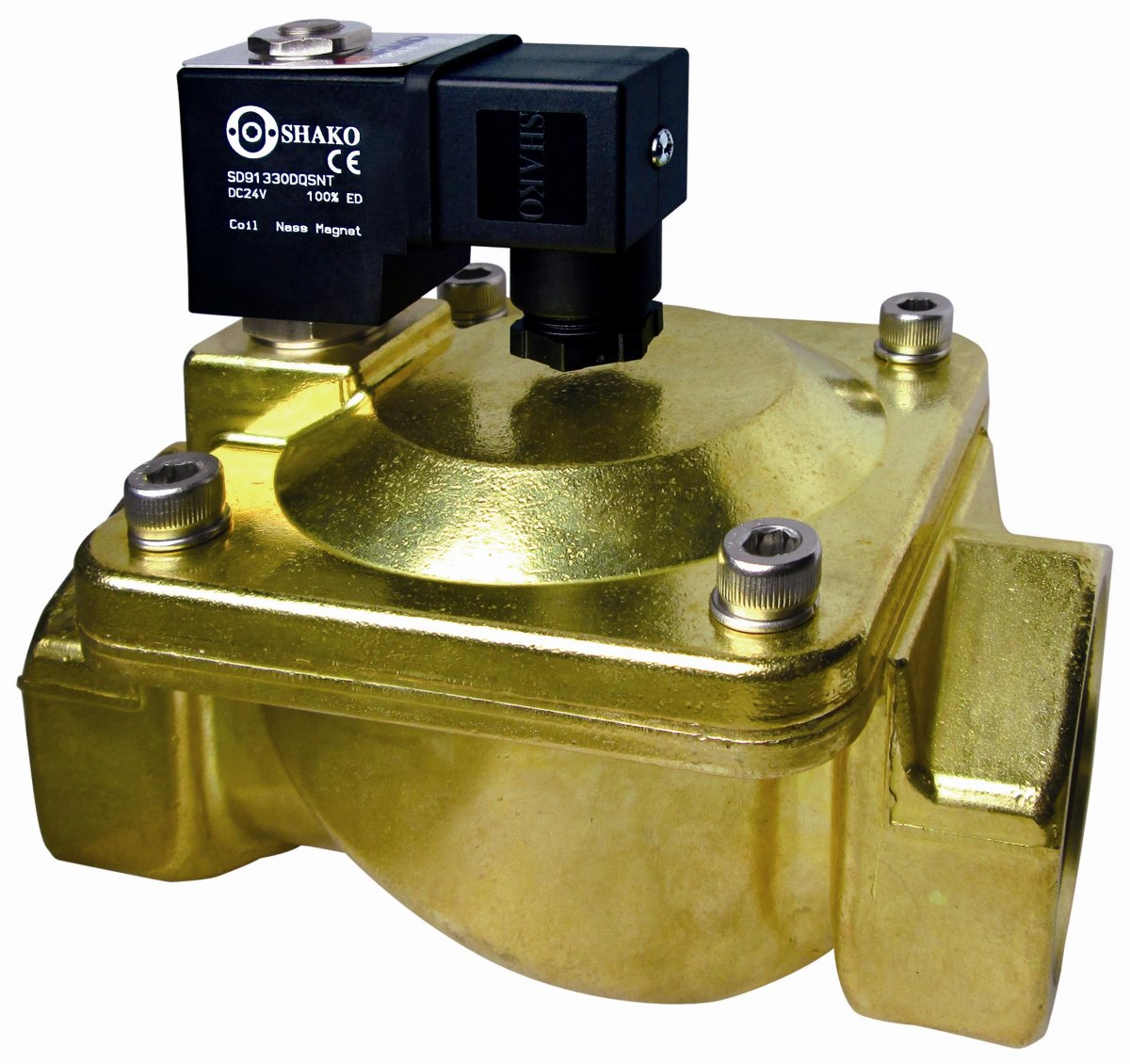
2/2 Way Normally Closed (Pressure Assisted)
Function: Valve remains closed when de-energised and opens upon energised, utilising pressure differential.
Operation: Requires a minimum pressure differential (typically 0.5 Bar) between inlet and outlet for operation.
Applications: Suitable for systems with consistent pressure conditions, such as water supply networks.
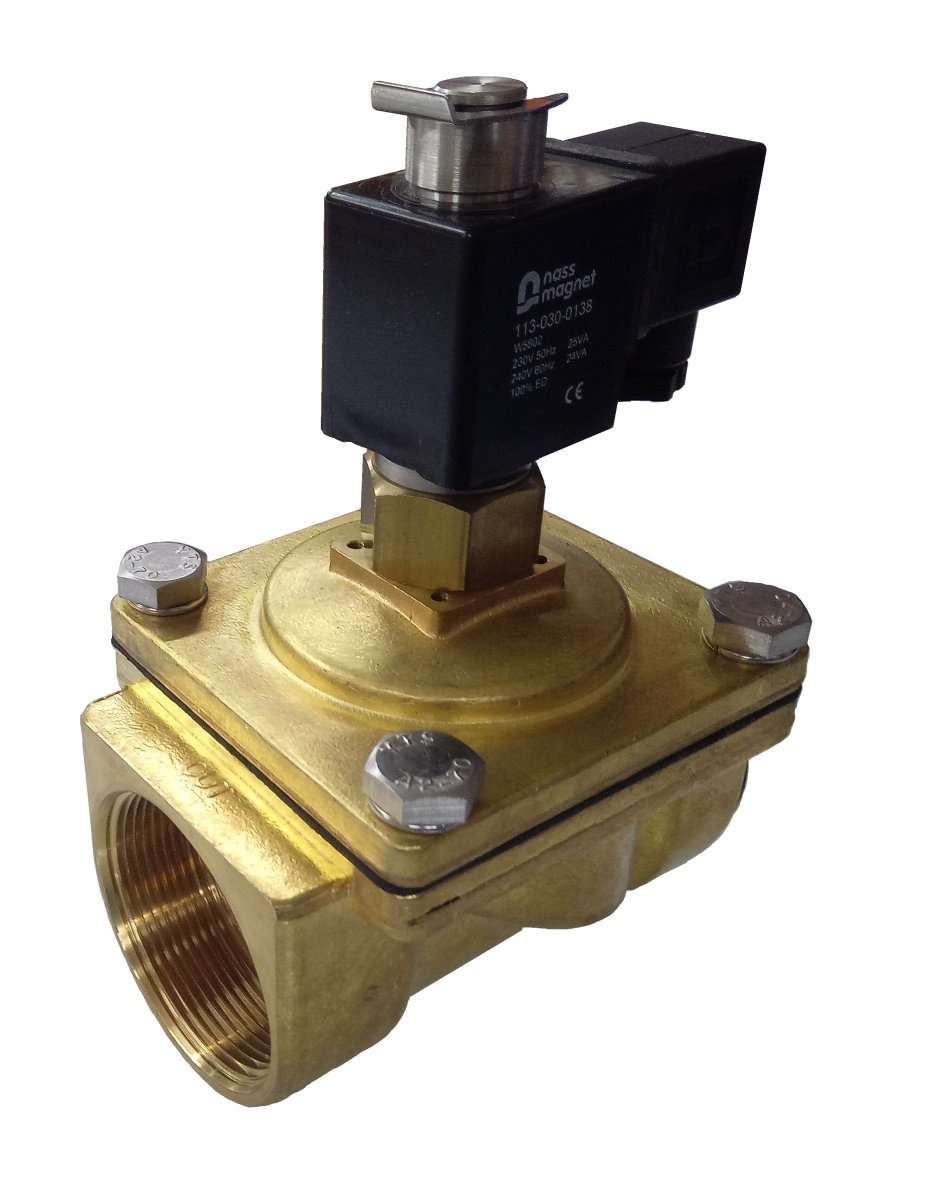
2/2 Way Normally Open (Zero Rated)
Function: Valve remains open when de-energised and closes upon energised.
Operation: Operates effectively from vacuum conditions up to the valve's maximum design pressure.
Applications: Used in systems where continuous flow is desired unless interrupted by an electrical signal.
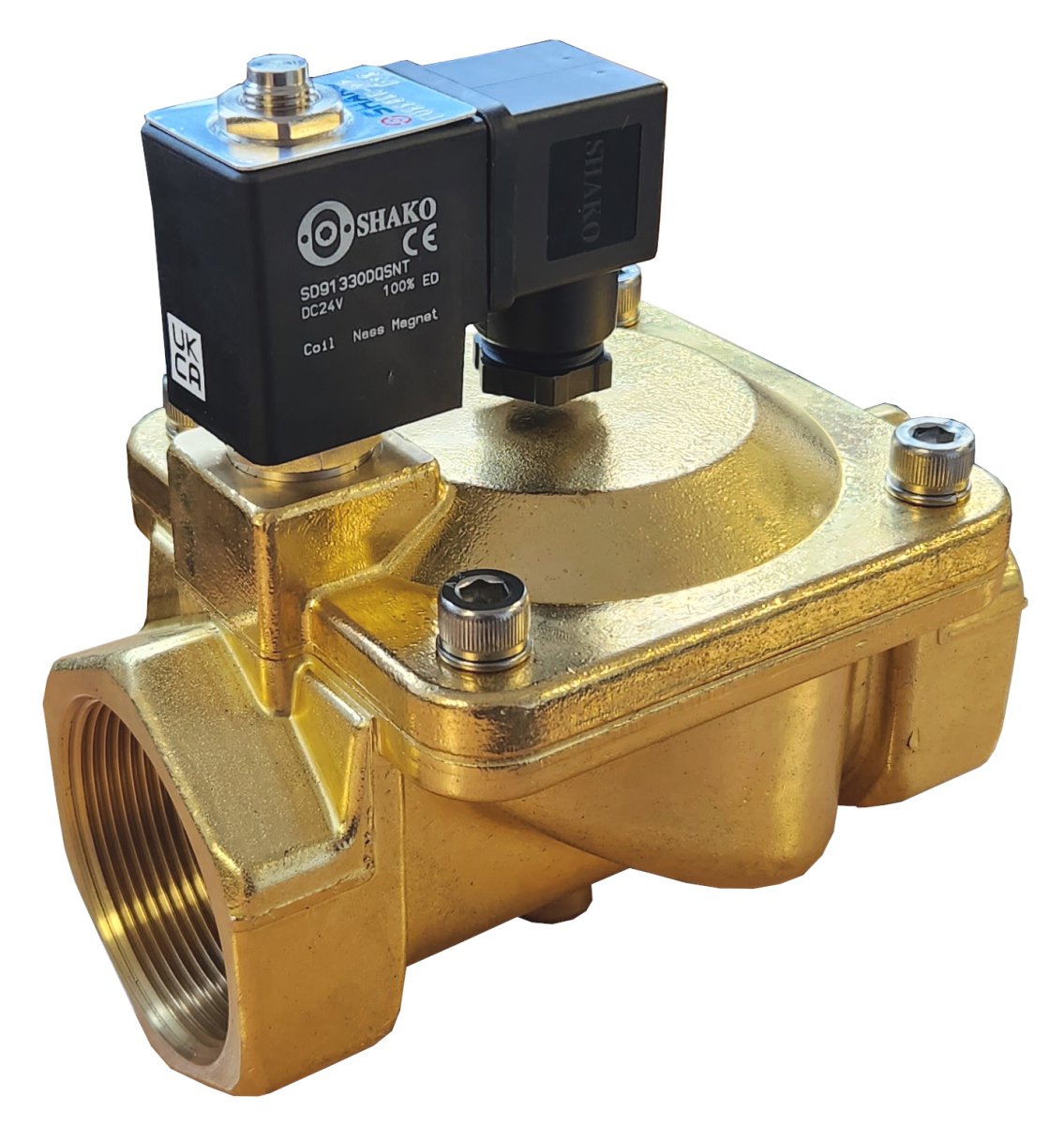
2/2 Way Normally Open (Pressure Assisted)
Function: Valve remains open when de-energised and closes upon energised, utilising pressure differential.
Operation: Requires a minimum pressure differential (typically 0.5 Bar) between inlet and outlet for operation.
Applications: Ideal for applications where the default state is open, and closure is only needed under specific conditions.
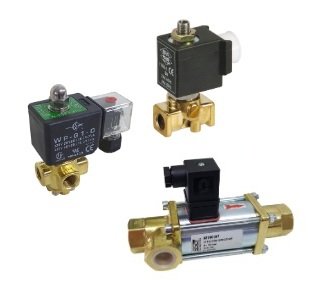
3/2 Way Brass Solenoid Valves
Function: Three-port valves designed to divert flow between two outlets.
Operation: Commonly used for controlling pneumatic actuators or as pilot valves in complex systems.
Applications: Suitable for systems requiring directional control of media flow.
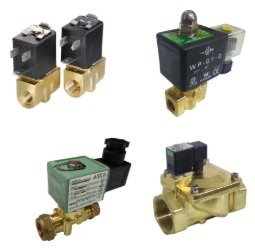
Brass Latching / Bi-Stable Solenoid Valves
Function: Maintain their position after a brief electrical pulse, reducing energy consumption.
Operation: A short pulse opens the valve, and a reverse polarity pulse closes it.
Applications: Ideal for battery-powered or energy-sensitive applications.
Key Features and Specifications
Material: High-quality brass body with stainless steel internals for durability and corrosion resistance.
Seal Options: Available with Viton, NBR, EPDM, PTFE, and other materials to suit various media.
Voltage Options: Compatible with a range of voltages, including 12V DC, 24V DC, 110V AC, and 230V AC.
Pressure Ratings: Operate effectively within a range of pressures, typically from 0 to 150 Bar, depending on the model.
Temperature Range: Designed to function within a broad temperature spectrum, accommodating various environmental conditions.
Protection Ratings: Many models come with IP65 or higher protection ratings, ensuring safe operation in challenging environments.
Applications of Brass Solenoid Valves
Water Treatment Systems: Controlling the flow of water in filtration and purification systems.
HVAC Systems: Regulating the flow of refrigerants and other fluids in heating, ventilation, and air conditioning systems.
Industrial Automation: Managing the flow of air and fluids in automated machinery and production lines.
Agricultural Irrigation: Automating the distribution of water and fertilisers in farming applications.
Fuel Dispensing: Controlling the flow of fuels in dispensing systems at service stations.
Selecting the Right Brass Solenoid Valve
When choosing a brass solenoid valve, consider the following factors:
Media Compatibility: Ensure the valve materials are compatible with the media to prevent corrosion or degradation.
Pressure and Temperature Requirements: Select a valve that can handle the system's operating pressure and temperature.
Voltage and Power Supply: Match the valve's voltage requirements with your system's power supply.
Valve Function: Determine whether a normally open, normally closed, or latching valve suits your application.
Connection Size and Type: Ensure the valve's port size and threading match your system's piping.
Maintenance and Safety Considerations
Regular Inspection: Periodically check valves for signs of wear, corrosion, or leakage.
Proper Installation: Follow manufacturer guidelines to ensure correct installation and prevent operational issues.
Electrical Safety: Ensure all electrical connections are secure and comply with safety standards.
System Compatibility: Verify that the valve's specifications align with system requirements to prevent malfunctions.
View all brass solenoid valves here
View all Brass solenoid valves and technical information here.
